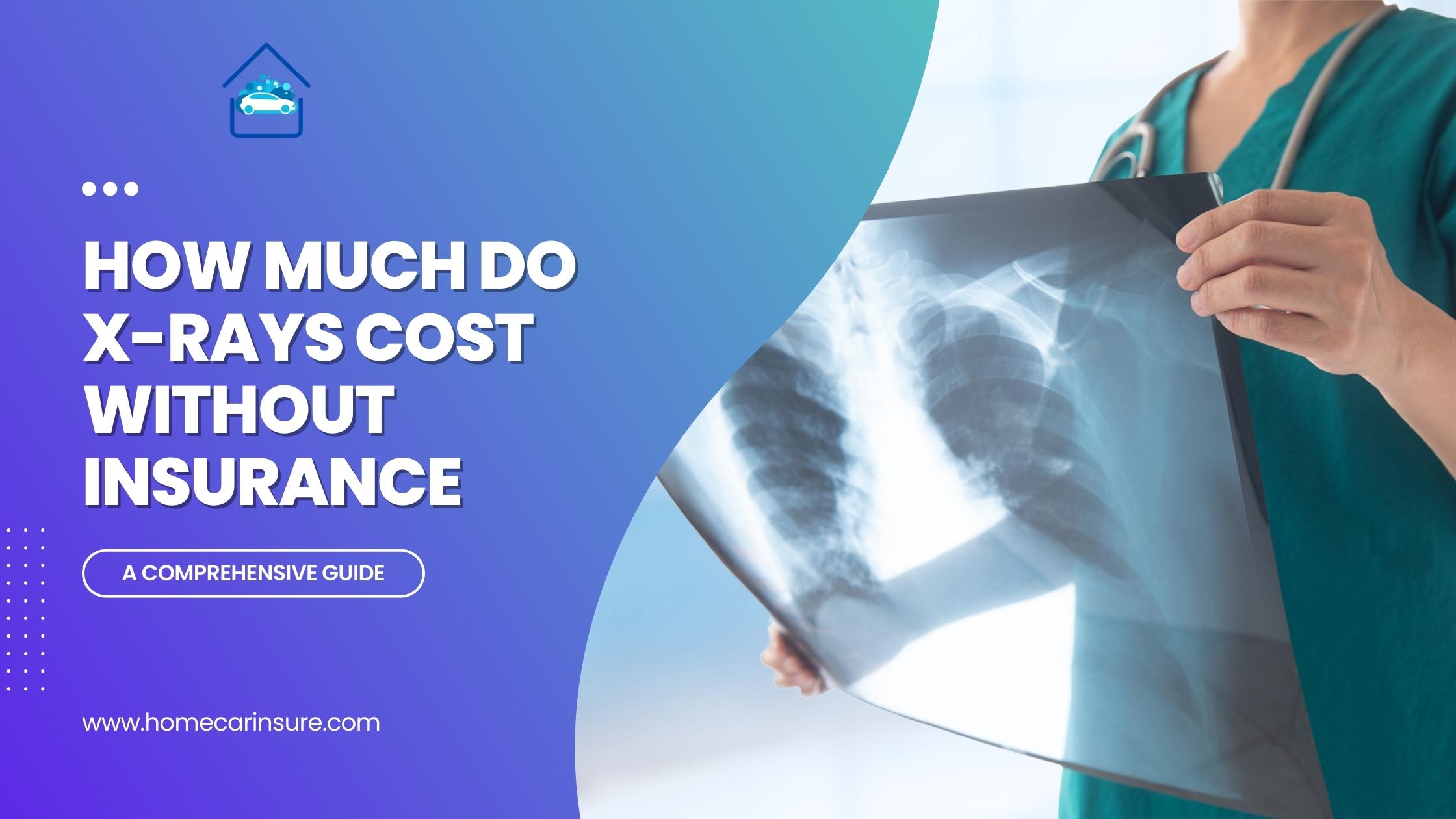Lipedema, a chronic condition characterized by irregular fat distribution, has long challenged patients seeking surgical treatment. Understanding insurance coverage for lipedema surgery is crucial for many seeking relief. This article describes the current situation of insurance for lipedema surgery, offering detailed insights and practical guidance.
Understanding Lipedema and Its Treatment
Lipedema is marked by painful fat accumulation, typically in the legs and arms. It’s often misdiagnosed or considered cosmetic, affecting insurance coverage decisions. Surgery, particularly liposuction, is a common treatment to alleviate symptoms and improve quality of life.
The Evolving Insurance Pattern
Historically, lipedema surgeries were frequently deemed cosmetic, with insurance companies denying coverage. Recent advocacy and increased awareness have begun to shift this perception.
Insurance Companies Adapting
- Blue Cross and Aetna: Notably, they have started accepting coverage for lipedema surgery under specific conditions. Pre-qualification and adherence to a protocol are necessary before surgery.
- Approximately 80% Success Rate: For patients with PPO insurance, around 80% of lipedema surgeries are either approved or partially approved. However, it’s vital to note that insurance coverage can be unpredictable.
Key Coverage Criteria
- Medical Necessity: Proof that the surgery is not cosmetic but essential for the patient’s health. This includes documentation of failed conservative treatments and limitations caused by lipedema.
- Pre-Authorization: Necessary for most insurance plans. Involves detailed documentation demonstrating the need for surgery.
- Conservative Treatment History: A documented history of non-surgical treatments like manual lymphatic drainage, compression garments, and diet control is often required.
The Process of Securing Insurance Coverage
Obtaining insurance coverage for lipedema surgery involves several steps:
- Initial Evaluation: An in-person evaluation to prepare documentation for pre-certification.
- 12-Week Non-Surgical Therapy: Mandatory for patients seeking insurance coverage. This includes a healthy diet, physical activity, lymphatic drainage, supplements, and compression garments.
- Insurance Verification: A comprehensive process that involves gathering personal journey documentation, treatment history, and healthcare provider details.
Challenges and Solutions
- Navigating Denials: Even with initial denials, patients often succeed in securing coverage through external appeals with the help of patient advocates and specialized legal teams.
- Advocacy Services: Organizations like Coverlipedema.com have successfully assisted patients in overcoming insurance roadblocks, securing over $55 million in coverage for lipedema surgery.
Real-Life Examples
- Patients like Sharon, who benefited from advocacy services, emphasize the possibility of overcoming insurance challenges for lipedema surgery.
- Some surgeons offer help with insurance coverage at no extra cost, enhancing patients’ chances of approval.
Insurance Verification and Approval Process
The journey to getting insurance coverage for lipedema surgery is multi-faceted and requires a detailed approach.
Step-by-Step Guide
- Initial Consultation: Begin with an in-person evaluation to establish a strong foundation for your insurance claim.
- Document Medical Management: Record at least three months of conservative medical management, showcasing non-responsiveness to these treatments.
- Insurance Pre-authorization: Essential before surgery. This step involves a detailed submission of medical records, treatment history, and a demonstration of the surgery’s necessity.
Documentation and Evidence
- Personal Medical History: Narrate your journey, detailing the onset of lipedema and its impact on your life.
- Treatment Records: Include records of conservative treatments like compression therapy, diet, exercise, and manual lymphatic drainage.
- Medical Evaluations: Ensure you have evaluations and recommendations from qualified healthcare providers, including board-certified surgeons and non-surgeon specialists.
Insurance Companies and Coverage Patterns
- Diverse Coverage: Each insurance company has unique policies regarding lipedema surgery. It’s vital to understand your specific policy’s nuances.
- High Success Rates with PPO Plans: Approximately 80% success in approvals or partial approvals has been observed with PPO insurance plans.
- Medicare and Medicaid: Generally, these do not cover lipedema reduction surgery or lymph-sparing liposuction.
Financial Planning and Alternative Financing
In instances where insurance coverage is not possible, or only partial coverage is provided, patients can explore alternative financing options.
Financing Options
- Healthcare Lending Services: Services like Prosper Healthcare Lending offer loans specifically for medical procedures, with benefits like immediate decisions and no prepayment penalties.
- Surgery Centers’ Payment Plans: Some surgery centers offer negotiated financing fees to make the surgery more accessible.
Advocacy and External Support
- Patient Advocacy Services: Organizations like Coverlipedema.com assist in overcoming insurance roadblocks, with a track record of securing significant coverage amounts for patients.
- Surgeons as Advocates: Surgeons familiar with lipedema can also play a crucial role in navigating the insurance process, often without additional costs.
Key Takeaways and Best Practices
- Be Proactive: Understanding and actively participating in the insurance process is crucial. Stay informed and involved.
- Seek Expertise: Engage with healthcare providers who specialize in lipedema and have experience in dealing with insurance approvals.
- Utilize Advocacy Services: Consider leveraging the support of advocacy groups to bolster your insurance claim.
Going through the process of insurance for lipedema surgery requires patience, detailed documentation, and often, the support of specialized services and healthcare providers. By understanding the process, requirements, and available resources, patients can enhance their chances of obtaining the necessary coverage for this life-changing surgery.




